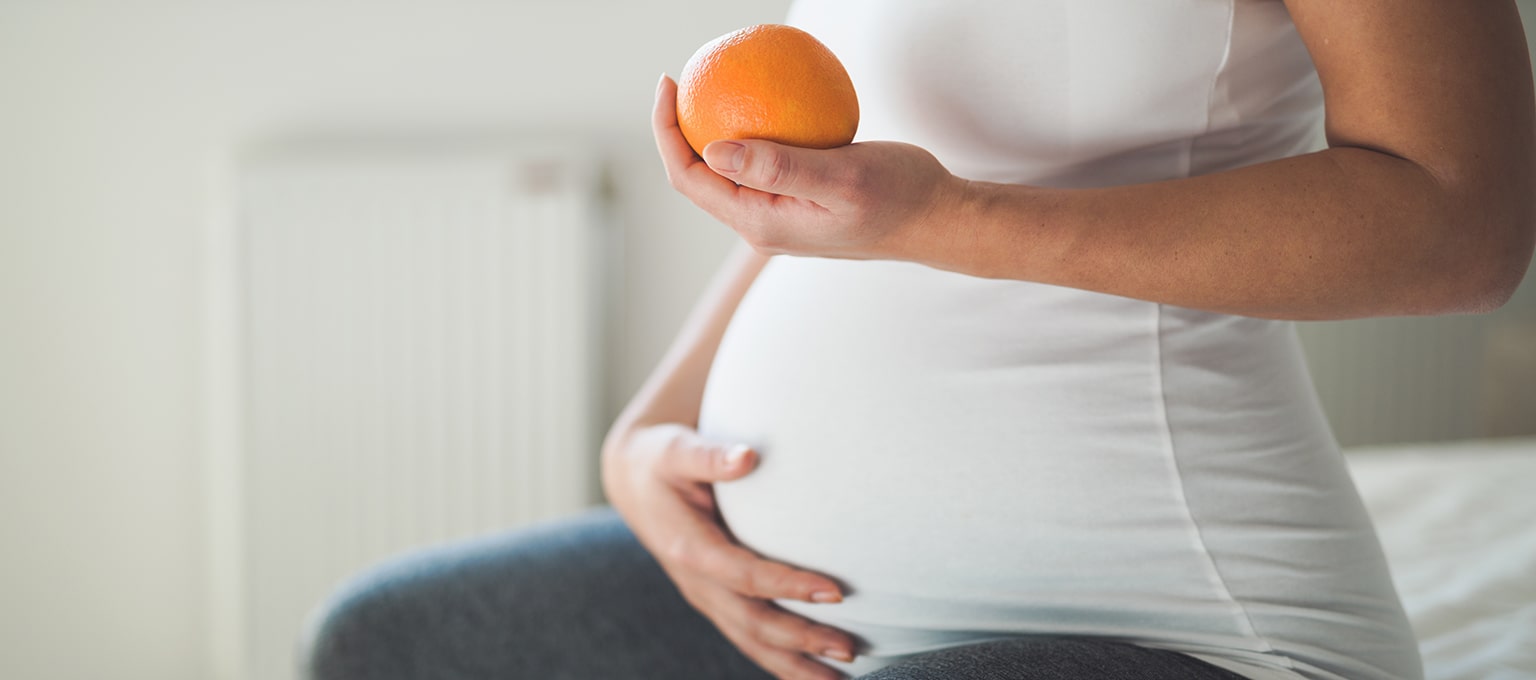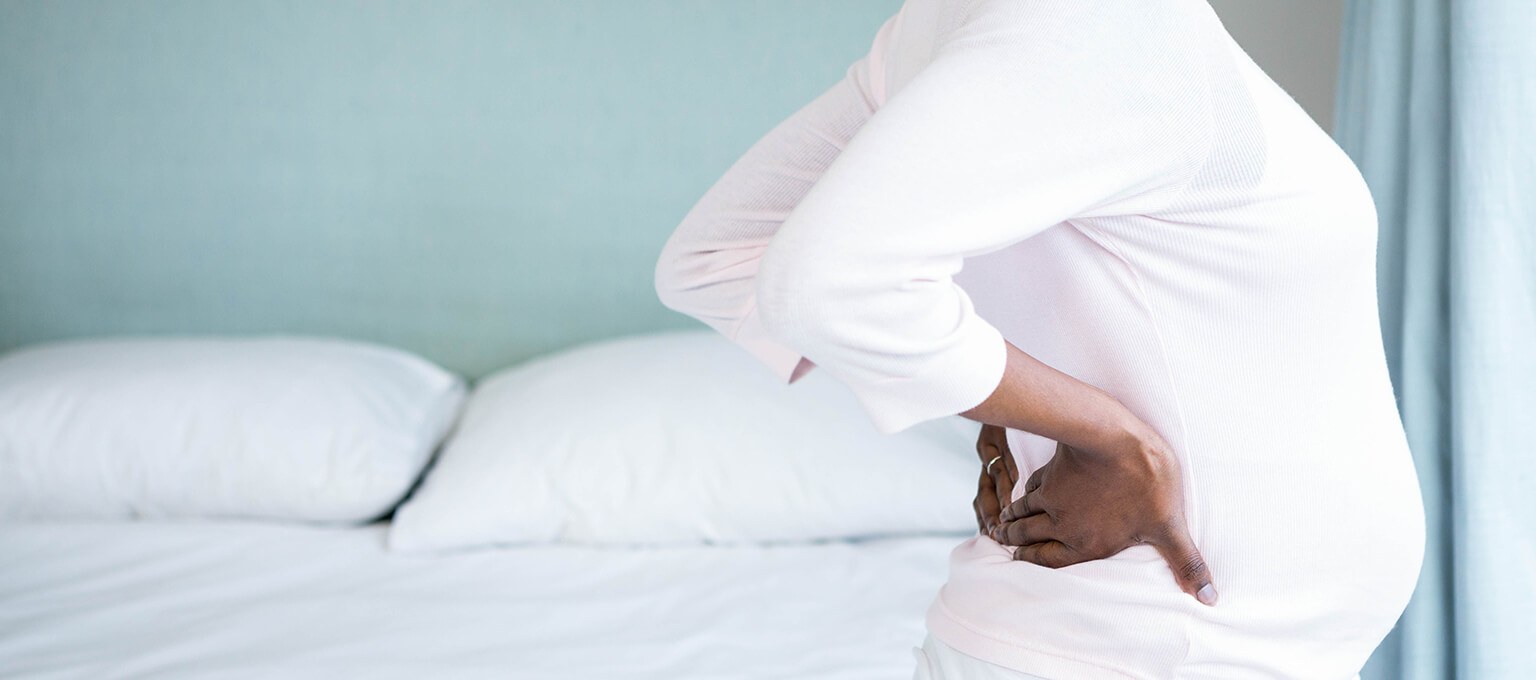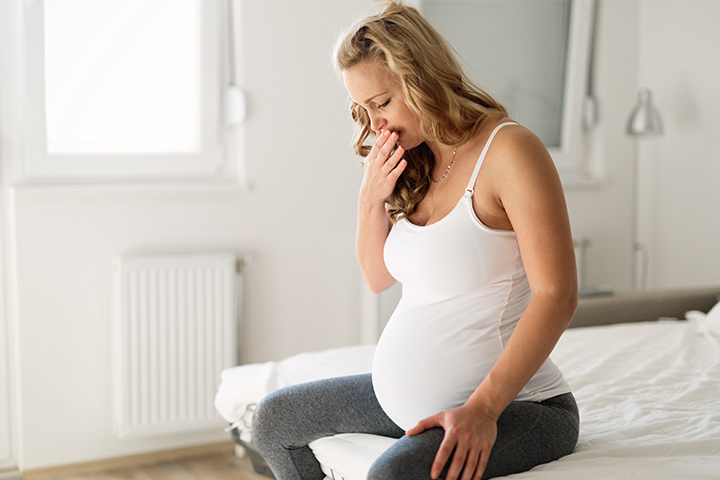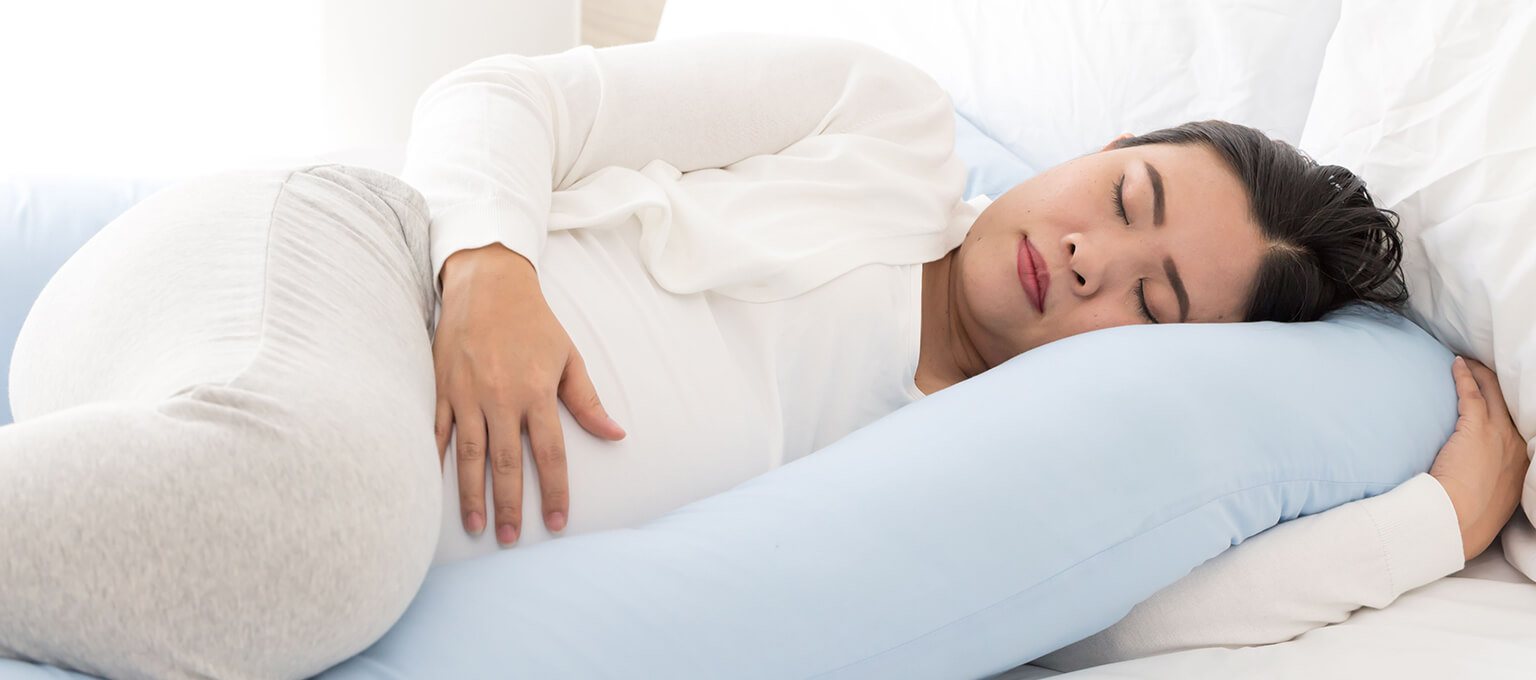
All About Stretch Marks During and After Pregnancy
Pregnancy stretch marks are a natural result of your skin stretching to make room for your developing baby and uterus. Not everyone gets them, but if they do accompany your pregnancy, stretch marks tend to fade over time. Either way, they’re a reminder of your sweet baby and a badge of honor for all the work of being pregnant! Read on to learn all about pregnancy stretch marks, including why they’re a natural part of pregnancy and what you can do to soothe your skin as it stretches and supports your little one.
What Are Pregnancy Stretch Marks?
Pregnancy stretch marks (also called striae) are natural, with more than 50 percent of pregnant bodies experiencing them. Stretch marks are not exclusive to pregnancy, however; men and women, whether pregnant or not, can develop these markings whenever the skin stretches rapidly. These streaky indentations in the skin can be pink, red, purple, or brown, depending on an individual’s skin color. During pregnancy, stretch marks can appear on your stomach, breasts, buttocks, thighs and upper legs, hips, and arms. As stretch marks fade, they may change colors, appearing silvery or white, or even darkening.
Why Do You Get Stretch Marks During Pregnancy and What Are They Caused By?
Simply put, stretch marks may appear on your pregnant belly and body because your skin stretches to make room for your developing baby. The stress on your skin can cause these marks, which are not harmful. Contrary to popular belief, these streaks aren’t usually a result of normal pregnancy weight gain, but rather your skin stretching while hormone levels shift. Of course, weight gain can also cause the skin to stretch, but even those who gain a minimal or modest amount of weight during pregnancy may experience stretch marks. There are two main factors that can impact pregnancy stretch marks:
When Do Stretch Marks Appear in Pregnancy?
When should you expect to see stretch marks during pregnancy? Every pregnancy and body is different, but stretch marks are most likely appear sometime in the second half of your pregnancy. At this point, your baby bump starts to grow bigger and more quickly, putting further stress on the skin. Some parents-to-be will start to see these markings in the second trimester, whereas others may not notice them until the last few weeks of the third trimester. And remember, some don’t experience stretch marks at all!
How Common Are Pregnancy Stretch Marks?
As mentioned above, more than half of pregnant people develop stretch marks, meaning there's a decent chance of having no pregnancy stretch marks. Likewise, it’s also possible to experience minimal pregnancy stretch marks on your stomach, breasts, thighs, or other parts of your body. Regardless, there are a few risk factors concerning pregnancy stretch marks:
If you fall into any of the categories above, you have a higher risk of developing pregnancy stretch marks.
How to “Prevent” Stretch Marks During Pregnancy
Many people want to know how to prevent stretch marks during pregnancy, but unfortunately, there’s nothing you can do to avoid them altogether. Stretch marks develop deep within your skin, specifically in connective tissues, so you can't prevent them from occurring with any topical or external treatment. Plus, because hormones and genetics are involved, stretch marks are pretty much out of your control. However, some strategies could help reduce the risk of getting stretch marks and/or minimize their appearance. The key is to take these measures before your belly expands and keep them going throughout your pregnancy.
Stretch Marks After Pregnancy: Is It Possible to Get Rid of Them?
Do pregnancy stretch marks go away? Is it possible to get rid of stretch marks after pregnancy, and how long does it take for them to fade? These common questions may arise when you’re still pregnant or when you’ve already given birth and are wondering how to deal with postpartum stretch marks. The good news is that stretch marks will typically fade after pregnancy. Because stretch marks are a form of scarring, the fading will be gradual, though, and they might not completely disappear. Remember that stretch marks are a common and natural result of nurturing a baby inside your belly. Your body will inevitably change during pregnancy, and that’s expected, necessary, and completely OK. To learn more about how your body might adjust to being pregnant, check out our pregnancy calendar and know that you’re not alone in this journey—every pregnant person goes through it, too! With that being said, we know that not everyone likes the look of pregnancy stretch marks. If you want to minimize or improve the appearance and texture of your stretch marks, talk to your healthcare provider. There are a few treatments to consider, and your provider will be able to recommend what’s best for you.
If you’re interested in these therapies, talk to your healthcare provider. The provider will be able to recommend an appropriate treatment and will let you know if you should avoid anything if you’re currently pregnant or breastfeeding.
FAQS AT A GLANCE
Pregnancy stretch marks are caused by stretching of the skin, which can be affected by hormonal levels and also genetics. When you're pregnant, levels of cortisol increase, which weakens the elasticity in your skin. As your body grows to make room for your developing baby, the stress on your skin with weakened elasticity can lead to stretch marks. But not everyone experiences pregnancy stretch marks, so genetics are also a factor. Read our article for possible prevention and treatment options.
The Bottom Line
More than half of all pregnant people experience stretch marks, a natural result of your skin stretching to make way for a developing baby and uterus. But stretch marks are out of your control, as hormones, genetics, and even skin type can impact whether or not you get them and influence their overall appearance. There’s no surefire prevention strategy or cure for stretch marks during or after pregnancy. However, you can take a few precautions and opt for certain treatments to reduce your risk and improve the appearance of stretch marks postpartum. For example, during your pregnancy, try to keep your skin moisturized, stay hydrated, and maintain a healthy diet. And if you want to address stretch marks after pregnancy, talk to your healthcare provider about potential remedies, such as retinoid creams, laser therapy, or dermatological treatments. Try to enjoy your pregnancy journey as much as possible, keeping in mind that normal symptoms such as stretch marks—and even those minor but annoying aches and pains—are a sign that you’re creating a little miracle inside your body. And if you’ve already welcomed your baby into the world, have fun and enjoy all those cuddles!
- Book: Your Pregnancy and Childbirth: Month to Month, Sixth Edition Paperback – January 1, 2016, by American College of Obstetricians and Gynecologists (Author)
- Book: Guide to a Healthy Pregnancy, Second Edition Paperback – 2018 by Mayo Clinic, Myra J. Wick, M.D., Ph.D. (Author)
- Cleveland Clinic: Stretch Marks
- Mayo Clinic: Stretch Marks Symptoms and Causes
- Mayo Clinic: Stretch Marks Diagnosis and Treatment
Read more about Pregnancy
Related Articles
Join a World of Support
through Pregnancy and Parenthood.
TRACK WITH TOOLS
LEARN WITH EXPERTS
GET REWARDED













